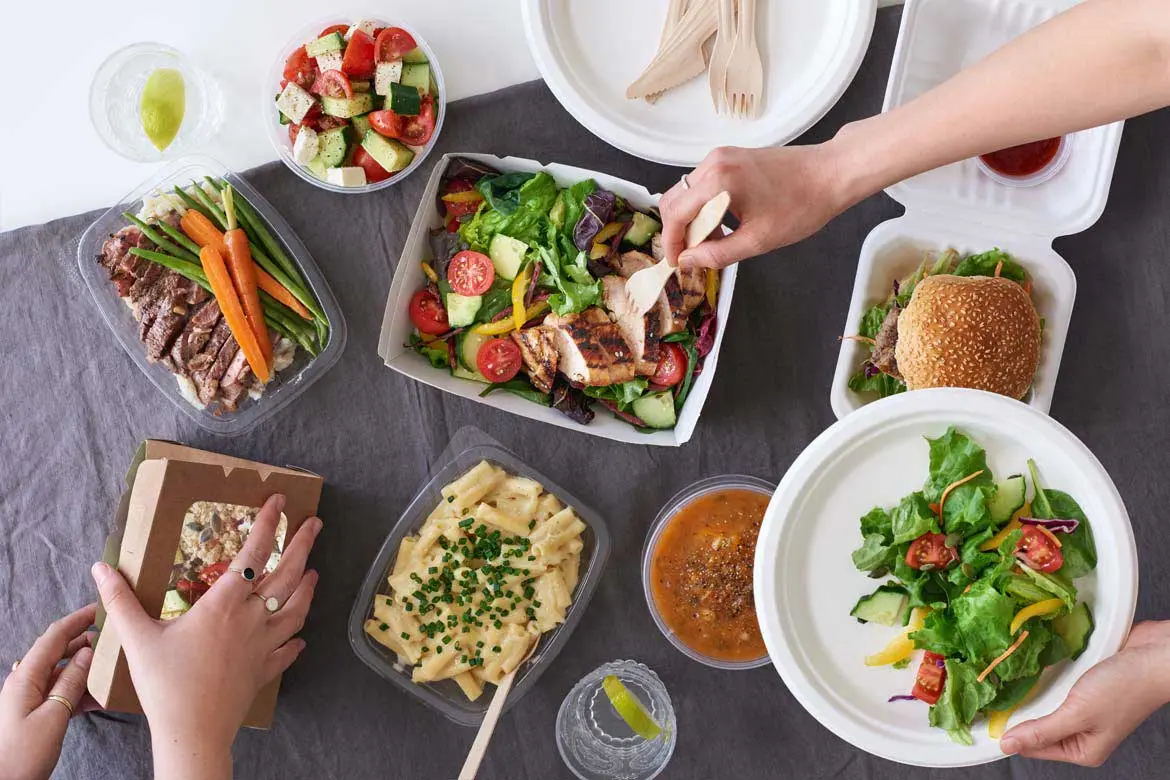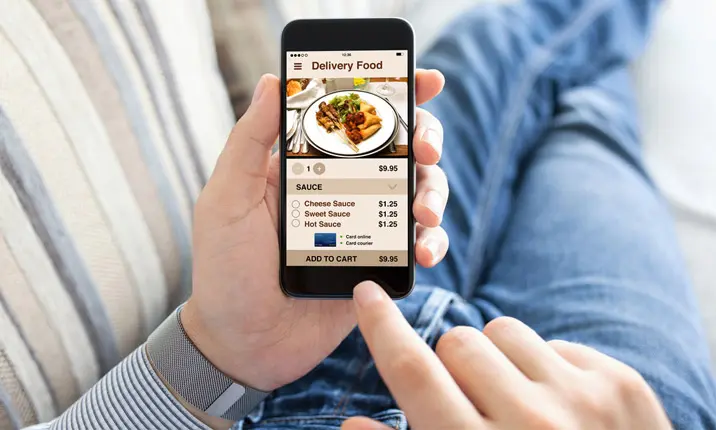In our cash-rich, time-poor society, a large number of us frequently dine out or order our meals via food delivery services. A 2019 survey by food delivery service Deliveroo showed that close to 70% of consumers in Singapore order from food delivery apps at least once a month. Another 2018 study by Nielsen also showed that 1 in 4 Singaporeans dine out daily.
What's so bad about ordering food delivery and eating out?
It can be pricey. Eating out or ordering food delivery seems cost-effective and convenient, especially during this "circuit breaker" period. However, studies show that cooking at home saves both time and money in the long run. On average, ordering delivery from a restaurant costs almost 5 times more than cooking a meal at home, while using a meal kit or meal prep service can cost almost 3 times as much as cooking from scratch.
It encourages unhealthy eating. A large proportion of food on food delivery apps are often high in fat, sugar and salt. An unhealthy weight resulting from a poor diet can increase our risk for diseases such as diabetes, heart disease and osteoarthritis.
These foods can be addictive. Studies have also suggested that eating junk food affects the brain the same way that consuming addictive drugs does. Someone used to junk food may even start to regularly reject healthier options like fruits and vegetables.
These foods can negatively impact your mental well-being. Research has shown that eating large amounts of fast food can significantly increase one's perceived mental stress and risk of developing depression.
What's so good about home-cooked meals?
Conversely, there are great benefits to having nutritious home-cooked food, such as:
- Better nutrition. People who regularly eat home-cooked meals with fresh fruit, vegetables and lean meat, especially fish, have been shown to be happier and healthier. They also consume less sugar and processed foods, which can result in higher energy levels and better mental health.
- Fewer calories consumed through portion control and omission of processed foods, as well as better control over the use of fat, sugar and salt. As we develop the habit of eating home-cooked food regularly, we tend to seek similar healthy options when eating outside.
- Reduced carbon footprint. Portion control and reducing the use of plastic and paper packaging commonly used in delivery and takeout services ensures lesser waste.
Meal preparation: A practical, low-cost and healthy solution
Meal preparation, or meal prep, is a handy and fuss-free approach to enjoying healthy food every day. Setting aside some time on one day of the week to prepare meals for the rest of the week can be a worthy investment that saves us time and money. It also gives us better control over what we eat on a long-term basis. Due to its growing popularity, meal prep recipes are also conveniently and widely available on numerous websites and books.
Here are some meal prep ideas that beginners may find useful:
- Start simple – 'one pot' recipes that you will enjoy. This will help save time and reduce food wastage.
- Prep ahead, for 3 – 5 days' worth of food – Plan a day where you will have a few hours to prepare your meals undisturbed. Most meals can be safely stored in the fridge for 3 – 5 days. When in doubt, refer to the Singapore Food Agency guidelines or the US Food and Drug Administration guidelines for fridge and freezer storage. If you plan on cooking for the whole week, you might need to meal prep twice a week instead.
- Vary your recipes – Having the exact same meal the entire week can get boring, so prepare and freeze a few different recipes ahead of time or use different vegetables, spices, dressings and condiments to change things up for the same recipe.
- Use good quality food storage containers – Good options include glass, stainless steel and BPA-free containers which are widely available online in various sizes and styles. If you intend on reheating your food in the microwave, ensure that the containers are microwave-safe.
Some tips for healthier eating if food delivery or eating out is a must
- Pick healthier options – such as salads (preferably without dressing), lean protein (such as tofu, beans, white meat, shrimp and eggs), fresh vegetables and lower glycaemic index (GI) carbohydrates.
- Use a meal or calorie tracker – Trackers can help to keep track of your daily calories and nutrient intake.
- Plan and order your meal in advance – not when you are hungry, tired or stressed. This helps us make mindful and healthier food choices.
- Opt for meal prep services – Instead of ordering the usual food delivery, use delivery services. These services allow you to curate and plan nutritious meals for a set number of days, even up to a month.
Invest in your health – Start small?
Taking good care of your health doesn't have to be expensive or cumbersome. You can start taking small steps today to improve your diet and lifestyle, such as increasing the frequency of your home-cooked meals and making sure to incorporate healthier ingredients if you do order takeout or food delivery. Investing in your health is a worthy effort that pays off in the long-term.














